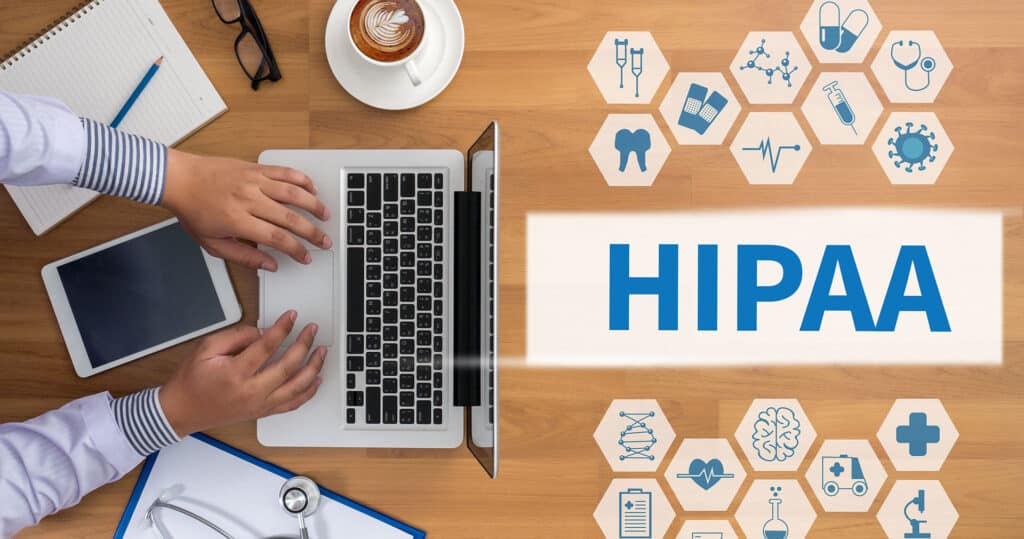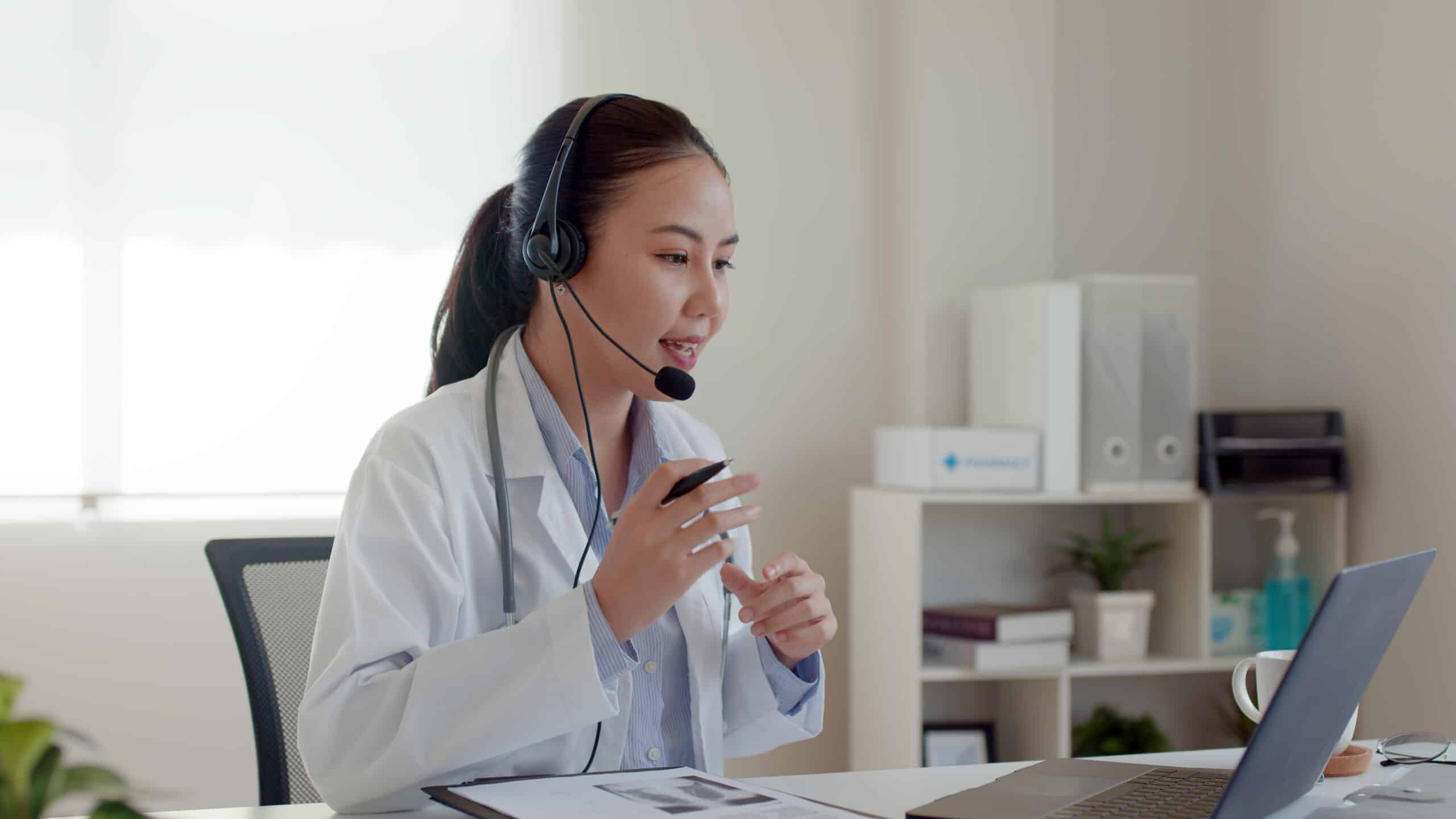As a healthcare provider, you know that patient care is always the top priority. Providers have a crucial job that is not immune to workplace challenges. One such challenge is ensuring that private health information remains private at all points, especially when using eFax for document transmission.
HIPAA has established privacy and security laws designed to guide practices in protecting sensitive patient data. As patient data is shared digitally, practices must follow all privacy and security regulations or risk financial penalties, professional sanctions, and possible criminal charges.
This article will discuss current technology that permits secure document transmission. It will also explore how HIPAA changes to continue integrating with emerging technologies and reduce the risk of data compromise.
Finally, you’ll see some actionable tips on how your healthcare practice can improve HIPAA compliance when using eFax and other digital tools.
The ultimate objective of any practice is ensuring positive patient outcomes without concern about unauthorized access to their private health information.
The Role of HIPAA in Protecting Patient Healthcare Data
HIPAA was originally introduced in 1996 to ensure individuals between jobs had access to continued health insurance coverage. Since then, it has evolved to include regulations designed to keep health information private and secure, especially when transmitted electronically.
HIPAA now addresses the following aspects of handling patient health information:
- Privacy—sets rules on who can see and share patient health information
- Security—ensures that access to health information stored or sent electronically is tightly controlled
- Technology—addresses safe ways to send health information by using measures such as encryption
FROM ONE OF OUR PARTNERS: The No. 1 Thing to Know about Complying with HIPAA

How HIPAA is Evolving in the Digital Age
Evolving technologies have positively impacted healthcare and patient data protection.
Computers, smart devices, digital files, and cloud storage are a far cry from the time when all health records were actual paperwork.
However, all new technologies present new challenges. In the case of digital files, securing patient information is an ever-moving target. HIPAA regulations are continually being updated as a result. They must encompass these challenges and continue to keep health information secure in an evolving digital world.
Here are some ways that HIPAA has adjusted their standards:
Adding Stronger Safety Rules
HIPAA introduced rules called the Privacy and Security Rules in the early 2000s. They set strict standards on procedures for sharing and protecting patient health information.
Under these regulations, only approved providers and staff can access patient information. They also grant patients more rights over their own health data.
Bringing in Technology Laws
The HITECH Act added more rules regarding electronic health records.
It introduced the Breach Notification Rule, which requires healthcare providers to inform patients if their information is lost, stolen, or compromised.
The Omnibus Final Rule in 2013 ensures that all sections of HIPAA follow these privacy and security rules.
Small but Important Updates
HIPAA has had a few smaller updates since 2013, such as the update in 2014 that made it easier for patients to access their lab results directly.
Another update in 2016 allowed healthcare providers to share certain patient information with the national background check system.
Preparing for Future Changes
HIPAA is also continually updating to stay current with changes in technology.
For example, proposed changes could affect more areas of healthcare in 2024, including decreasing administrative burden, and requiring mandatory sharing of health information between providers, among many others.
Updates show that HIPAA is trying to keep methods of managing and sharing health information current.

The Importance of Secure Document Transmission
Safely sharing patient data and EHRs is critical in healthcare. Neglecting this aspect of care can lead to significant problems, such as these:
Lost Patient Trust
Patients might lose trust in your practice if their health data is compromised. They expect healthcare providers to protect their personal health information. If this trust is damaged, patients may not share complete health information, harming the patient-doctor relationship.
Security Breaches
Security breaches are often due to human error, which is why data encryption is a critical layer of protection.
Cybercriminals also target healthcare organizations. In 2023, cyberattacks on health data impacted over 100 million people.
These breaches can lead to issues like identity theft, unauthorized prescription access, exposure of sensitive information, and huge financial impacts on the practices involved.
FROM ONE OF OUR PARTNERS: 5 Healthcare Data Security Threats to Watch For
Poor Patient Outcomes
Unsafe sending of documents can lead to mistakes in treatment or loss of patient information.
Providers might not receive accurate information, which leads to poor patient outcomes. A patient’s condition might not improve, or they may suffer medical harm.
Bad Reputation as a Healthcare Provider
A healthcare provider with a record of unsafe document handling or HIPAA violations quickly develops a tarnished reputation.
Patients want to know their private information is secure, and if there is even one confirmed security incident, patients might choose another provider, and rightly so.
Data violations can prevent healthcare providers from keeping and attracting new patients, which can be financially and professionally devastating.
RELATED ARTICLE: Securing Patient Data in Telehealth: Best Practices and Technologies to Ensure Data Protection During Virtual Consultations
Technology for Secure Document Transmission in Healthcare
Providers can implement advanced technology and procedures to keep health documents secure in transit. Here are some ways to add to your security protocols:
Electronic Health Records (EHRs)
EHRs are digital patient health information files that allow multiple providers access to the same information to facilitate better management of patient treatment and outcomes.
With proper security measures, they ensure patient information safety online.
EHRs can be integrated into practice management systems, like Updox, to enhance the patient experience.
eFax
HIPAA compliant eFax functions similarly to a fax machine but utilizes the internet to send documents more securely. Practice management systems often incorporate this feature along with Forms for a more complete patient file.
Forms
Forms are forms that patients complete online, which are then sent directly into a safe system. There is never an opportunity for them to get lost or viewed by anyone.
In this way, Forms enhance patient data privacy. They also make adding to patient files quicker and simpler.
RELATED ARTICLE: Your Guide to HIPAA-Compliant Online Forms
Bonus Tip: Team Training
Sometimes, the biggest risk to patient privacy is human error. Providers or staff might make a mistake that compromises data, like sending information to an unauthorized recipient.
This is why employee training for any technology or management system is crucial. It teaches them how to utilize it correctly and minimize the risk of an inadvertent data breach.

The Benefits of Using HIPAA-Compliant Technology for Secure Document Transmission
Implementing HIPAA-compliant technology to facilitate the secure sharing of health information benefits healthcare practices. Here is how it contributes to a positive patient and provider experience:
Saves Time
When doctors use technology to share health information safely, it reduces time spent in transit and patient wait times.
Providers can increase their patient volume without overburdening staff or creating bottlenecks in patient care.
Improves Patient Experience
Secure technology improves patients’ experiences by allowing all providers access to the same health information at any moment. Readily available patient information means patients don’t have to wait for providers to have it on hand before scheduling an appointment. They can access treatment faster.
Patients don’t have to provide the same information repeatedly to different providers, which also decreases appointment time. They’ll feel their time is being equally respected.
Maintains Compliance
Using reputable technology helps providers comply with HIPAA in every aspect of patient care. It reduces the risk of violations and thus provides providers and patients with added security and contributes to a trusting patient-provider relationship.
Keeps Up with Evolving Rules
HIPAA rules can and do change. HIPAA-compliant technology is kept current on any updates to the laws and maintains compliance with no intervention from the provider. Practices are less likely to violate rules they aren’t fully acquainted with.
Leads by Example
When a healthcare provider incorporates HIPAA-compliant technology into their practice, it sets a standard of care for others to follow.
Additional practices might see this as valuable to patient retention and decide to do the same. This can help ensure patients’ information is secure everywhere they seek treatment.
How Your Practice Can Improve HIPAA Compliance Right Now
To ensure your practice is HIPAA-compliant as soon as possible, follow these steps:
Update Passwords.
Change all passwords to make them strong. Passwords should be at least 16 characters long and contain a mix of letters, numbers, and symbols. Make sure everyone has an individual password and that they’re changed on a regular schedule.
Schedule a Training Session.
Schedule regular HIPAA compliance training for all staff. Ensure everyone understands the latest HIPAA rules and can uphold them.
Investigate More Secure Communication Options.
Use HIPAA-compliant email or SMS messaging systems to discuss or share patient information. Some practice management systems, like Updox, also incorporate secure communication as a feature.
Review Access.
Regularly review logs, if available, to see who accessed patient information. Check for any unusual activity.
Perform a System Check-Up
Regular checks on your computer systems can determine any security issues that need to be addressed. Scheduled maintenance can help prevent any security gaps and stop breaches before they happen.
Secure, HIPAA-Compliant Communication with Updox
Ensure secure, HIPAA-compliant document transmission with Updox. Our platform offers secure eFax, HIPAA-compliant texting, and telehealth solutions, enabling safe, efficient communication while protecting patient data. Streamline workflows, stay compliant, and enhance patient privacy with Updox.





